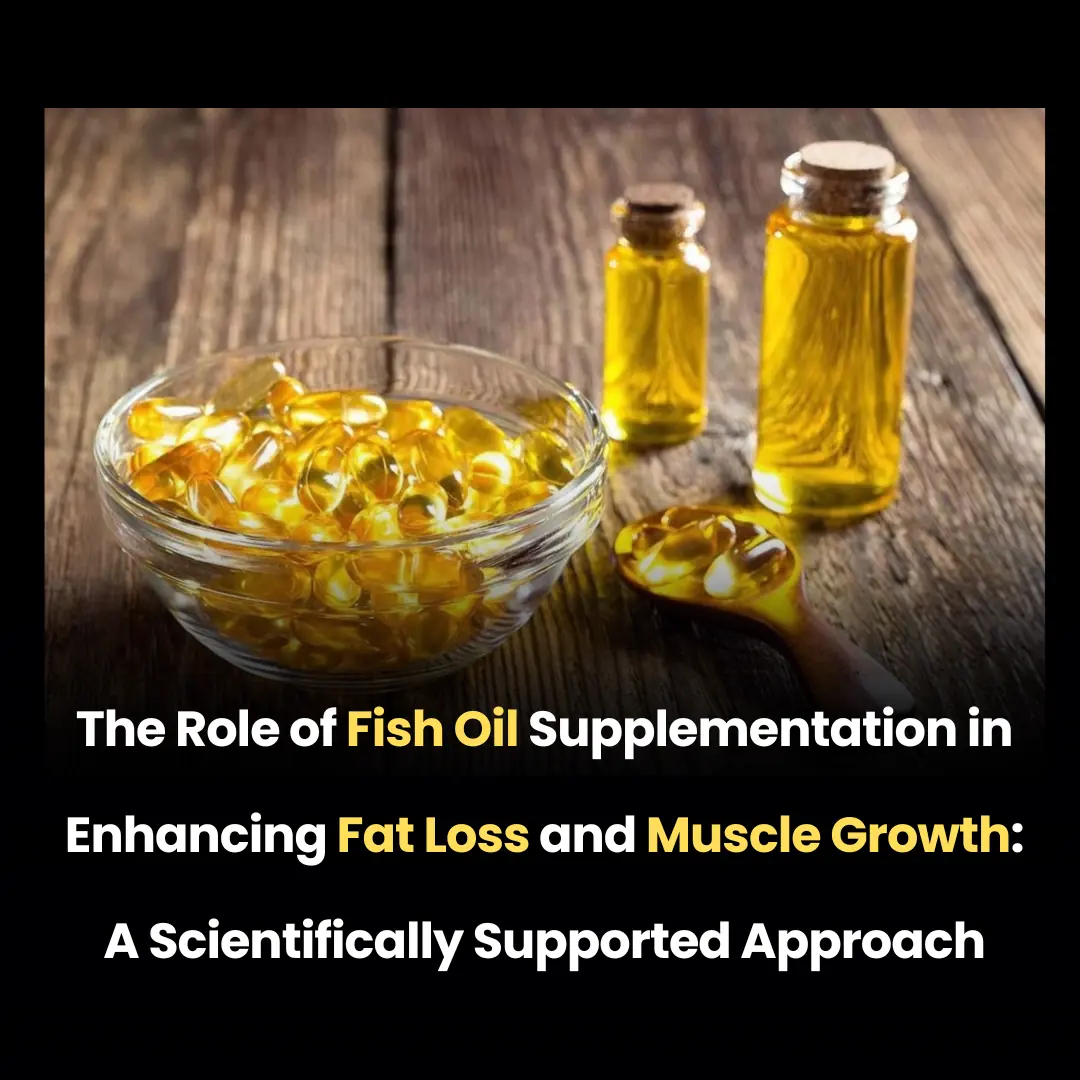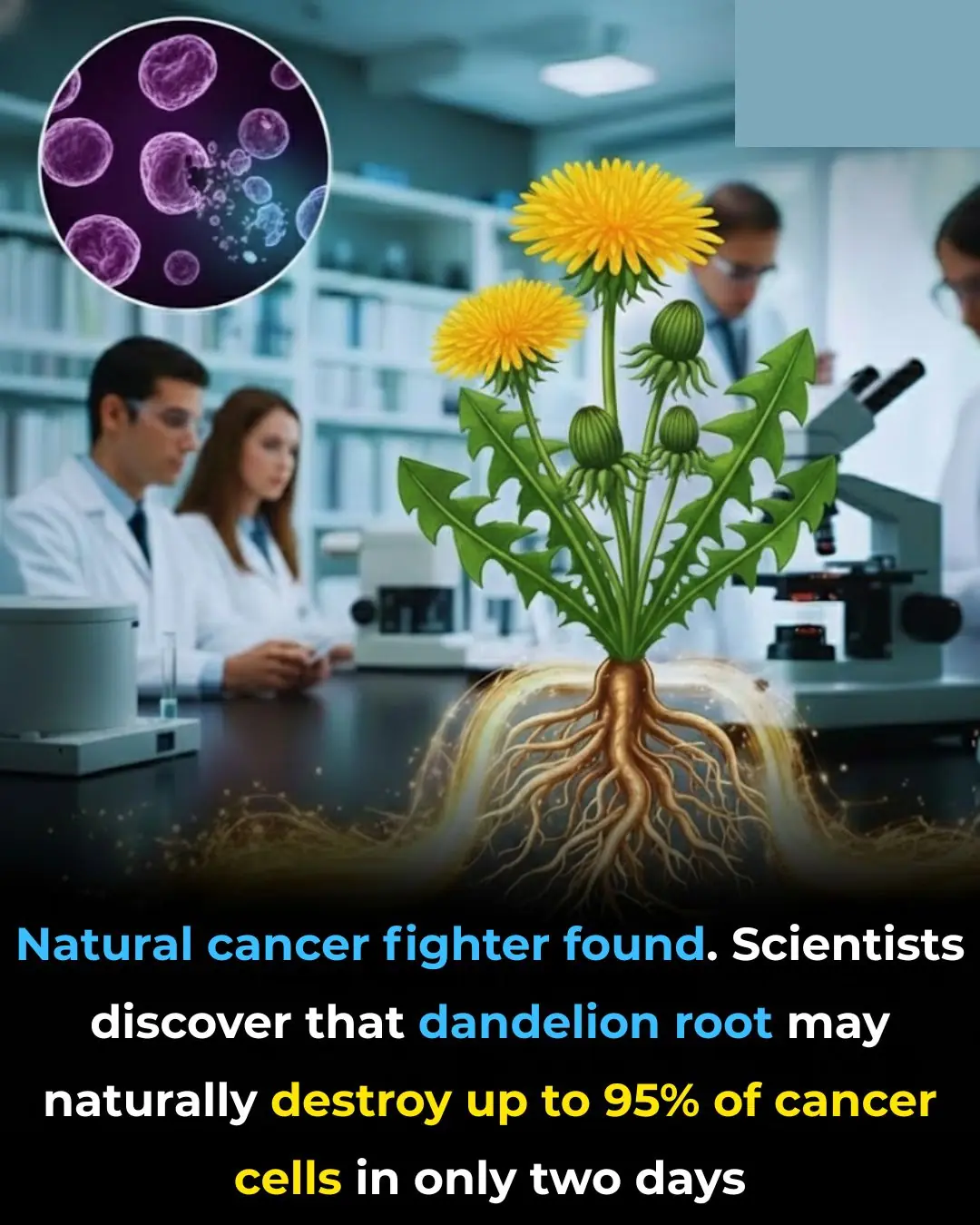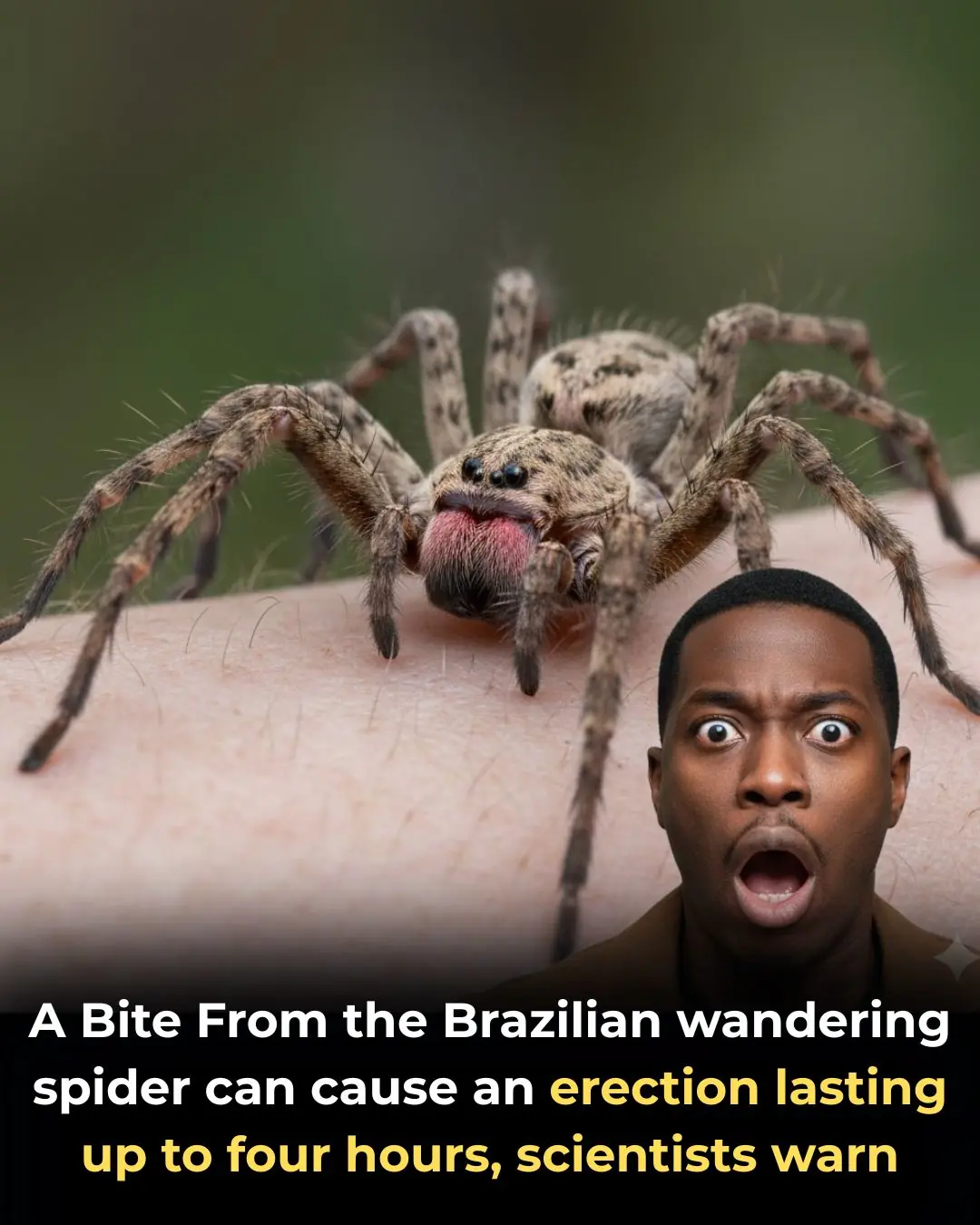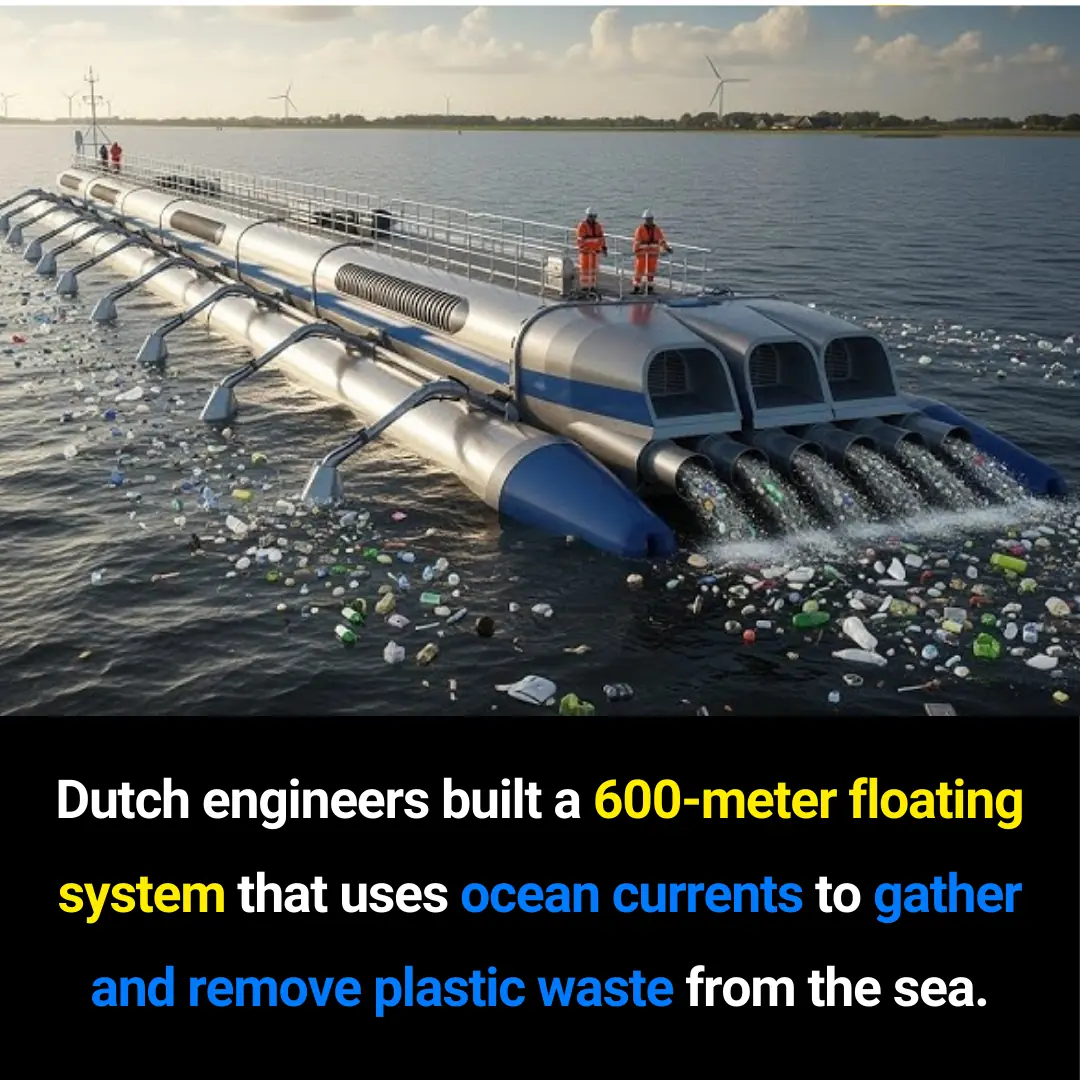
Meet the Solar-Powered Sea Slug: The First Animal Known to Photosynthesize!
Meet the solar-powered sea slug — the first animal known to photosynthesize! 🌱🐌
The eastern emerald elysia (Elysia chlorotica) is an extraordinary creature with a fascinating ability to live much like a plant. This remarkable sea slug feeds on algae, specifically Vaucheria litorea, and in the process, it steals and stores the algae’s chloroplasts in its own cells. By incorporating these chloroplasts, the slug can harness sunlight to generate energy in much the same way plants do during photosynthesis.
This unique capability allows some individuals to survive for extended periods — up to a year — without eating, as they rely entirely on sunlight for their energy needs. The vibrant green coloration of the slug, which results from the stored chloroplasts, not only enables it to perform photosynthesis but also serves as effective camouflage. It blends seamlessly into the surrounding seaweed, making it difficult for predators to spot.
Growing to a maximum length of 2.6 inches (60 mm), these slugs are typically found in salt marshes and tidal pools, environments where sunlight is plentiful. Their ability to photosynthesize is a stunning example of how evolution can blur the boundaries between plant and animal. The eastern emerald elysia’s survival strategy provides an incredible opportunity for scientists to explore new avenues in the study of photosynthesis and energy efficiency. It raises intriguing questions about how animals could potentially exploit plant-like processes to meet their energy needs.
By studying the eastern emerald elysia, researchers are gaining deeper insights into the mechanisms of energy conversion in nature. This breakthrough challenges our conventional understanding of the relationship between plants and animals, offering a fascinating glimpse into the innovative ways life can adapt to thrive in different environments.
Sources:
-
Nature Communications, "Photosynthetic ability of Elysia chlorotica"
-
National Geographic, "The Photosynthetic Sea Slug: An Evolutionary Marvel"
-
Scientific American, "The Slug That Lives Like a Plant"
News in the same category


Breakthrough Drug Offers Hope for Restoring Vision by Repairing Nerve Insulation

Dietary RNA: A Key to Slowing Cellular Aging and Promoting Longevity

The Role of Fish Oil Supplementation in Enhancing Fat Loss and Muscle Growth: A Scientifically Supported Approach

Dandelion Root Extract Shows Potential to Eliminate Up to 95% of Cancer Cells in 48 Hours

13-Year-Old Boy's Heartwarming Act of Sacrifice: Buying His Mother a Car Through Hard Work and Compassion

Simple Ways to Reduce Nighttime Wake-Ups and Improve Sleep Quality.

🛡️ The Holy Grail of HIV Research: A Broadly Neutralizing Antibody Targets the Virus's Achilles' Heel

🌊 Harnessing the Ocean’s Power: Scientists Pioneer a Breakthrough in Turning Seawater into Emission-Free Hydrogen Fuel

🧬 Pioneering Hope: Japanese Researchers Achieve Historic Movement Restoration Using Stem Cell Therapy for Paralysis

🧊 The New Frontier in Oncology: MRI-Guided Cryoablation Offers Non-Invasive, Precision Cancer Treatment

🧠 The Resilient Mind: A Case Study in Neuroplasticity Challenges the Limits of Human Cognition

🕷️ The Unexpected Side Effect: Neurotoxins in Brazilian Wandering Spider Venom and the Quest for New Medicines

Could Your Blood Type Be Influencing How You Age

Trump Gives Update on $2,000 Check Plan

Why Those Tiny Dots on Your Nose Are Completely Normal

The Netherlands Builds a 600-Meter Floating System to Clean Ocean Plastic: A Breakthrough for Global Marine Protection

✅ International Medical Recommendations for Treating Snakebites
News Post

Thicker Thighs Linked to Lower Risk of Heart Disease and Diabetes, Study Finds

Breakthrough Drug Offers Hope for Restoring Vision by Repairing Nerve Insulation

Avoid Ginger If You Have THESE Health Problems

Nobel Prize-Winning Discovery of Autophagy: The Body’s Self-Repair Mechanism

Dietary RNA: A Key to Slowing Cellular Aging and Promoting Longevity

The Role of Fish Oil Supplementation in Enhancing Fat Loss and Muscle Growth: A Scientifically Supported Approach

Dandelion Root Extract Shows Potential to Eliminate Up to 95% of Cancer Cells in 48 Hours

13-Year-Old Boy's Heartwarming Act of Sacrifice: Buying His Mother a Car Through Hard Work and Compassion

Living With a Rare Condition, a 25-Year-Old Faces One of Life’s Hardest Decisions

Simple Ways to Reduce Nighttime Wake-Ups and Improve Sleep Quality.

Aretha Duarte Makes History As First Black Latin American Woman To Climb Mount Everest

Doctors reveal the #1 supplement to reduce dementia risk

The Coffee Photo That Survived the War.

Issa Rae Opens New ‘Downtown Dough’ Pizzeria in L.A.

From Hardwood Hero to Human Inspiration: The Legacy of Rodney Rogers.

The step-by-step plan to drop 30 pounds quickly in 2025

The Weight Bryce Couldn’t Carry Alone.

A Lesson Two Boys Will Carry for Life.
